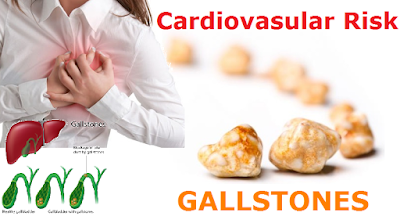However, there are no proven genetic markers of influenza risk with an established mechanism of action. Interferon Induced Transmembrane Protein 3 (IFITM3) is an anti-viral protein that helps to block influenza infection of lung cells and to promote survival of the killer T cells that help clear the infection in the airways.
 |
Image: A scanning electron micrograph of a CD8+ T cell engaging a virus.
(Photo courtesy of Dennis Kunkel).
|
A group of scientists collaborating with those at St. Jude Children's Research Hospital (Memphis, TN, USA) searched for other possible IFITM3 variants that correlated with gene expression, levels of the IFITM3 proteins and were common in influenza patients in the USA. The search led to an IFITM3 variant known as rs34481144. They checked 86 children and adults in Memphis with confirmed influenza infections and found two-thirds of patients with the most severe symptoms carried at least one copy of the newly identified high-risk IFITM3 variant. The high-risk variant was found in just 32% of patients with milder symptoms.
The team also found an association between the newly identified high-risk variant and severe and fatal influenza infections in 265 critically ill pediatric patients hospitalized in one of 31 intensive care units nationwide. The patients did not have health problems that put them at high risk for severe influenza. Of the 17 patients in this group who died from the infection, 14 carried at least one copy of the newly identified high-risk variant. Further study revealed how binding differed between the high-risk and protective variants. Those differences led to lower levels of the IFITM3 protein in individuals with two copies of the high-risk gene variant compared to other patients. The Memphis influenza patients also had fewer of the killer T cells in their upper airways. The study identifies a new regulator of IFITM3 expression that associates with CD8+ T cell levels in the airways and a spectrum of clinical outcomes.
Paul Thomas, PhD, an immunologist and corresponding author of the study, said, “A genetic marker of influenza risk could make a life-saving difference, particularly during severe influenza outbreaks, by helping prioritize high-risk patients for vaccination, drug therapy and other interventions. These results raise hopes that this newly identified IFITM3 variant might provide such a marker.” The study was published on July 17, 2017, in the journal Nature Medicine.
Source: labmedica



















